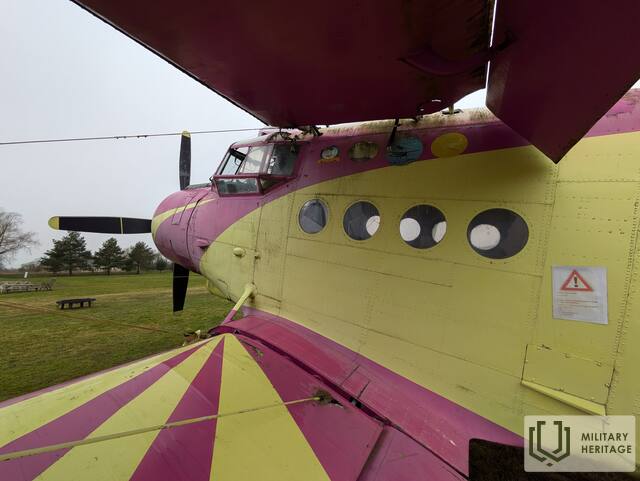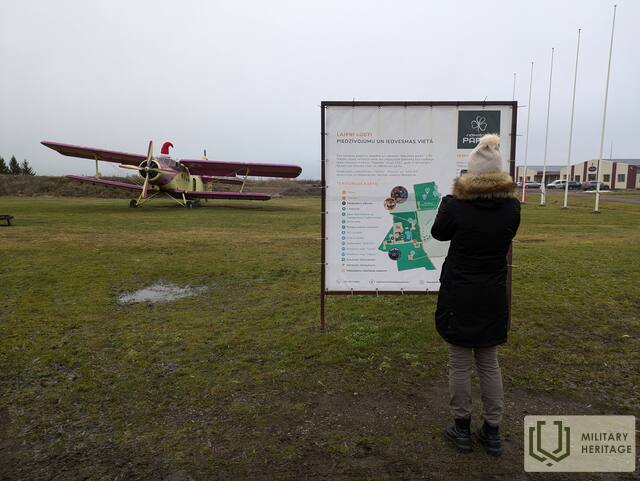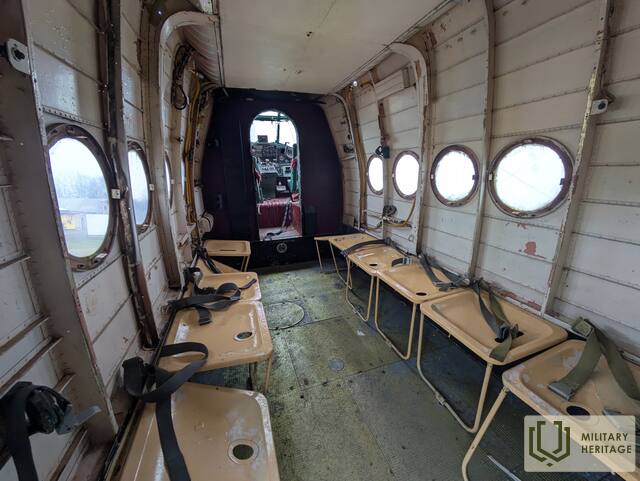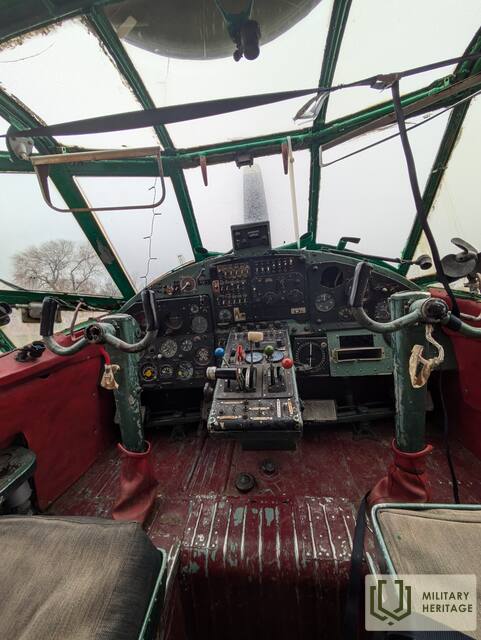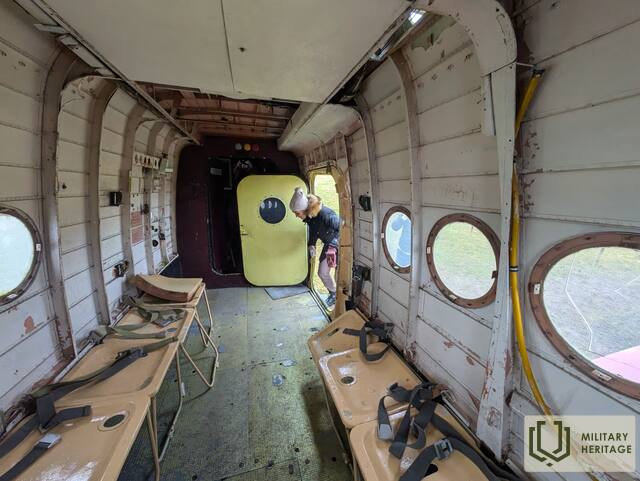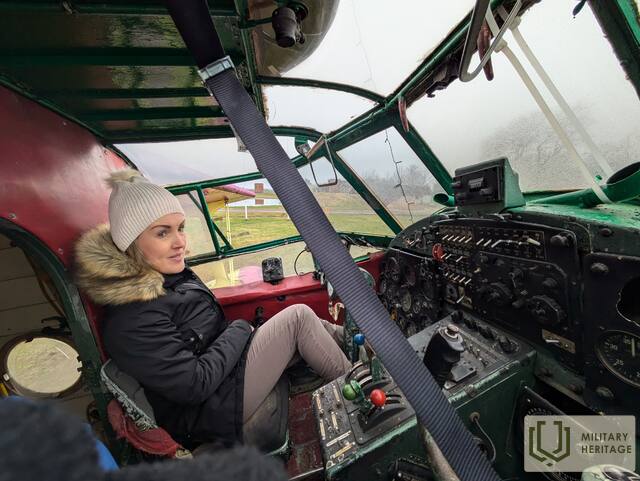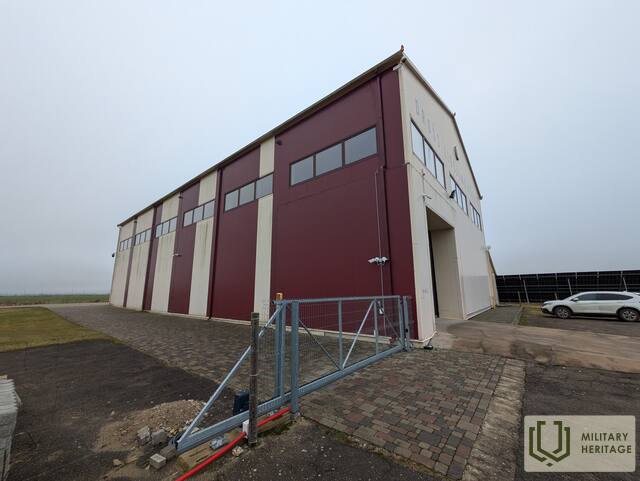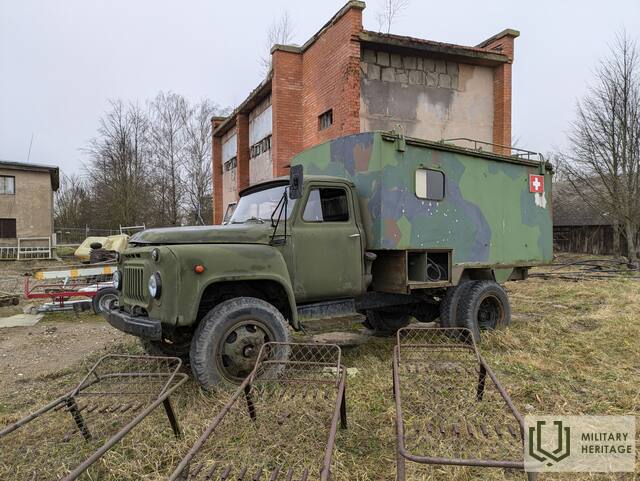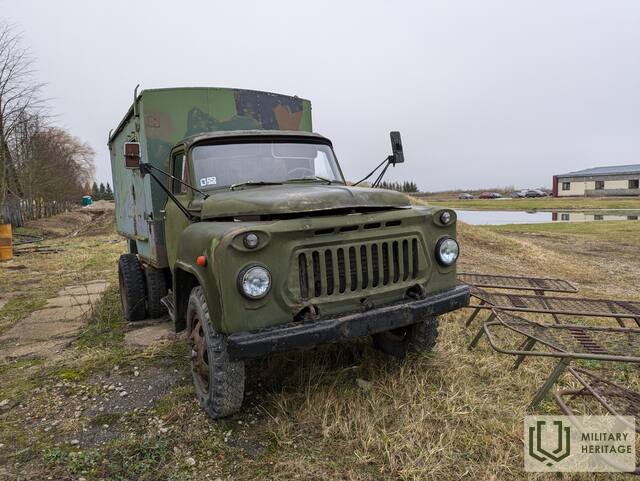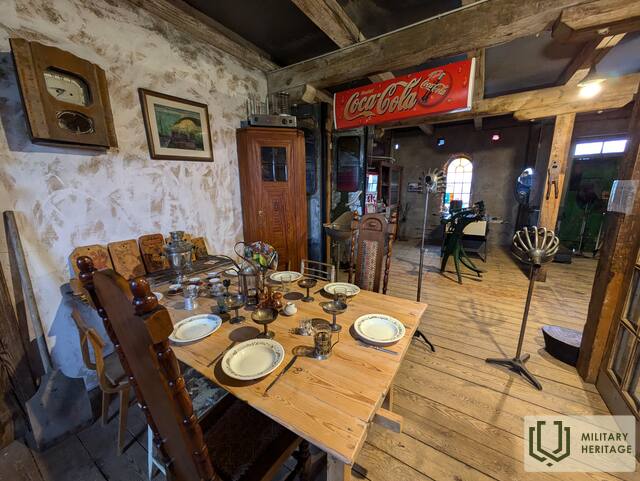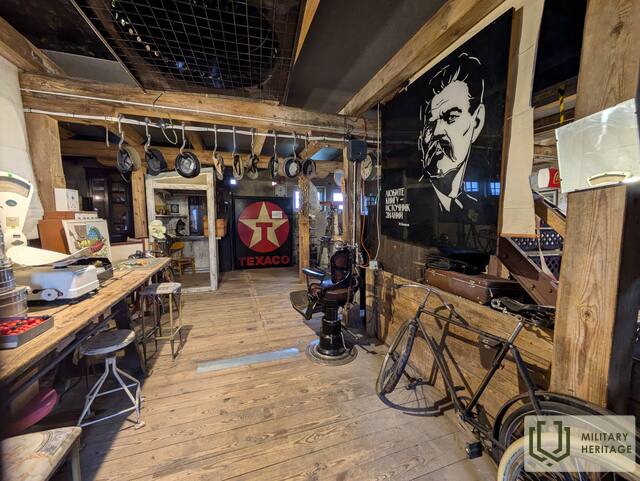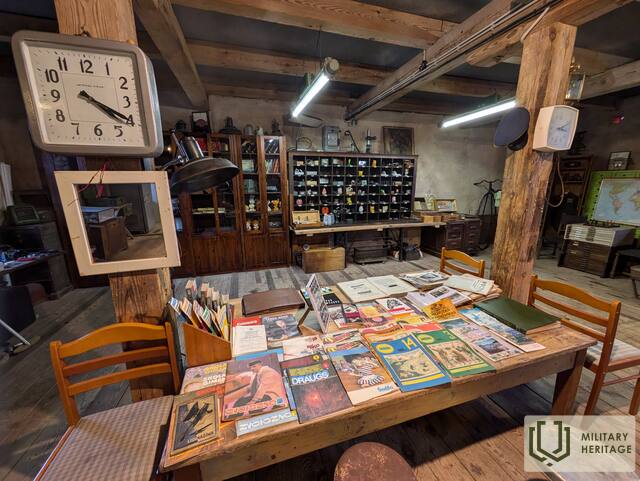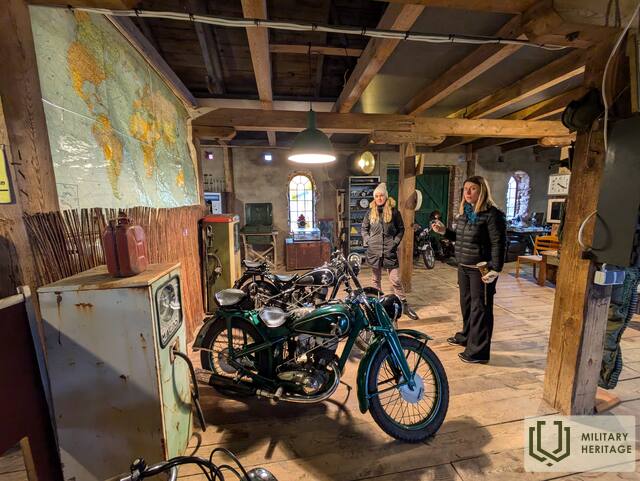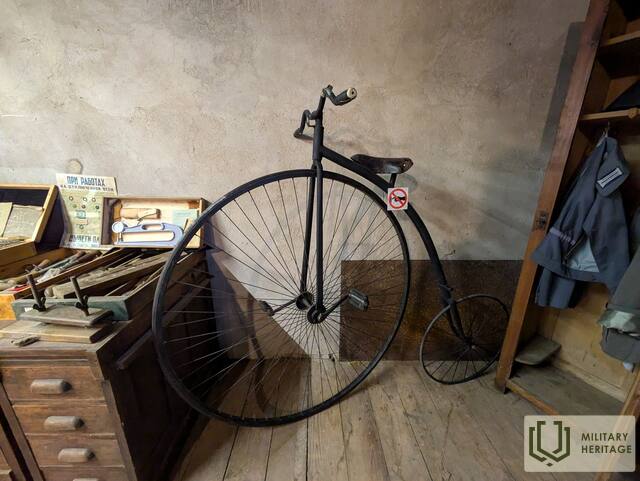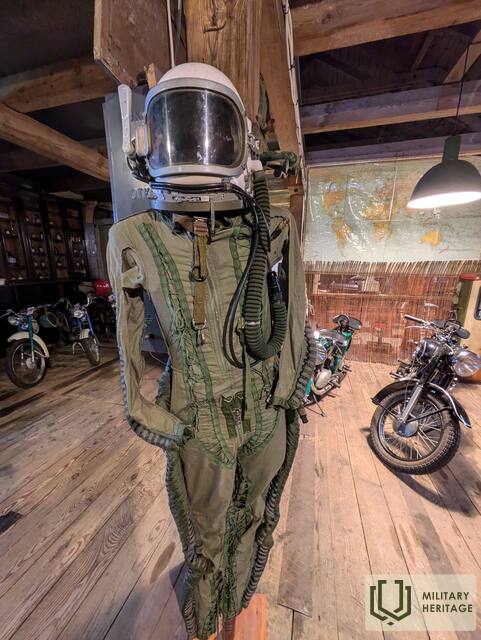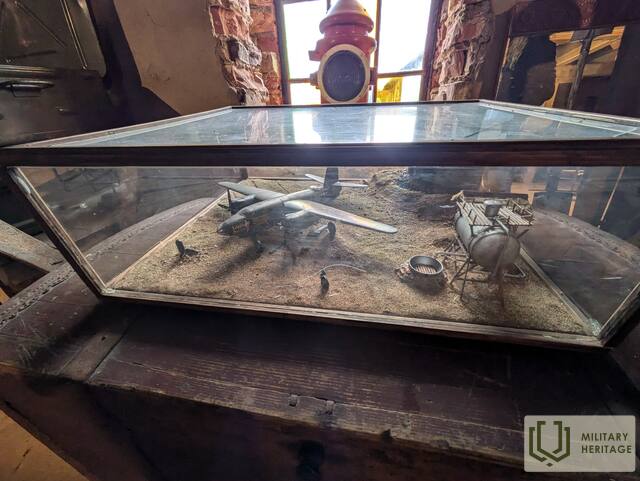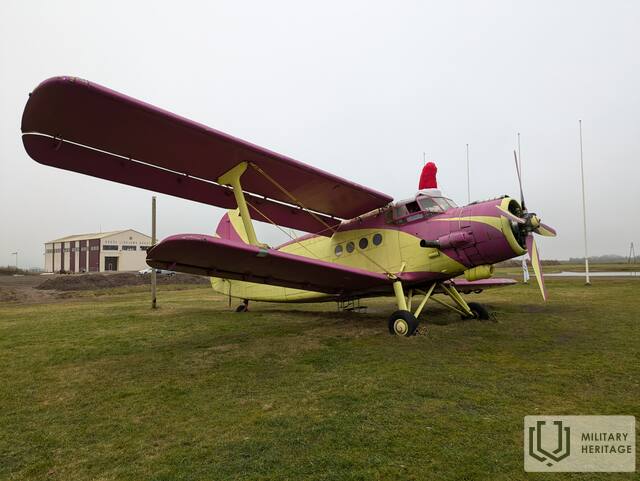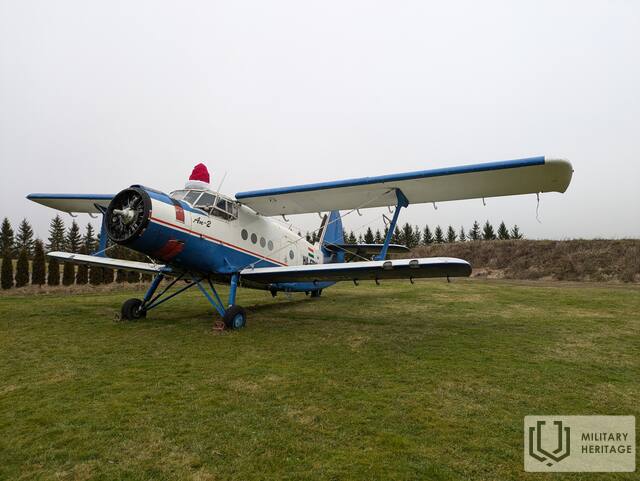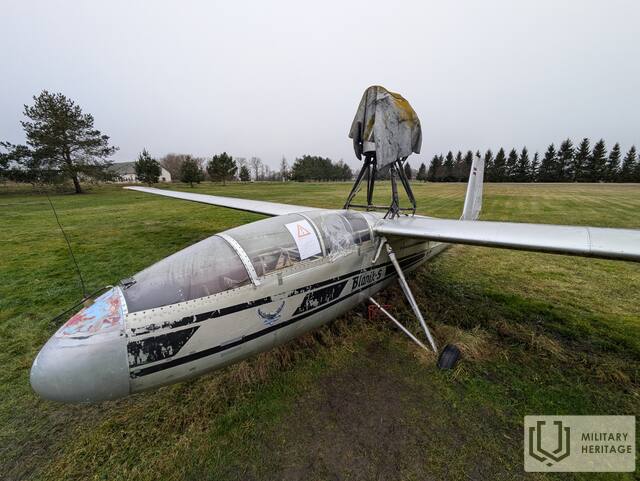Future Park Muziejus

Located south of the village of Nākotne. The Nākotne Park houses the Soviet-made Antonov AN-2. It was primarily designed as a multi-purpose civil aircraft, but was also used for military purposes. It first flew in 1947 and was a very versatile aircraft with excellent short take-off and landing capabilities, making it suitable for a variety of roles, including military ones.
Military use of the aircraft included:
- Transportation of troops and soldiers to hard-to-reach places;
- Parachutist training and transportation;
- Providing logistics and supplies, such as delivering food, ammunition, and medical equipment to combat zones;
- Maintaining communications between different military units;
- Patrol flights and reconnaissance.
Due to its simple design and reliability, the AN-2 was suitable for operation in field conditions that did not require a well-developed infrastructure. The aircraft's endurance and ability to fly at low altitudes made it very useful in a variety of climatic conditions, including conflicts involving the Soviet Union or its allies.
The aircraft was used in many countries, including Eastern Europe and Asia, where it served not only civil but also military forces.
AN-2 technical data:
- AN-2 technical data:
- Crew: 2
- Passenger capacity: up to 12
- Maximum speed: 225 km/h
- Cruising speed: 180 km/h
- Maximum take-off weight: 5250 kg
- Maximum flight distance: 1200 km
- Maximum flight duration: 7 h
- Fuel capacity: 1200 l
- Load capacity: 1500 kg
- Length: 12.4 m
- Wingspan: 18.2 m
- Height: 4.1 m
The future park also features the GAZ-63, a light truck with all-wheel drive, produced from 1948 to 1968. Its purpose was to provide reliable transportation in difficult on- and off-road conditions. The GAZ-63 was one of the first Soviet cars with permanent all-wheel drive. This design provided excellent performance in mud, snow, and other difficult conditions, which was essential for military and civilian needs. The car was produced in Gorky (now Nizhny Novgorod), which was one of the most important centers of the automotive industry in the Soviet Union. The GAZ-63 was equipped with a 6-cylinder gasoline engine that produced about 70 horsepower. This engine was economical for its time and reliable in various operating conditions. The GAZ-63 was widely used both in the Soviet army and in the civilian sector - in forestry, agriculture, and road construction. Its simple design allowed it to be quickly repaired and maintained even in remote regions.
A glider produced during the Soviet era is on display.
The Park of the Future also houses the "Time Machine" antiques repository and workshop, where various artifacts can be viewed, including a special pilot's suit designed for flights involving overloads, and other items related to the Soviet era.
At the end of the tour, you can taste the products produced at the "Park of the Future" at "Nordcrunch".
Panaudoti šaltiniai ir literatūra:
Future Park, nakotnesparks.lv/lv/
National Armed Forces, www.mil.lv/lv http://www.mil.lv/lv
GAZ - 63, truck-encyclopedia.com/coldwar/ussr/GAZ-63.php




